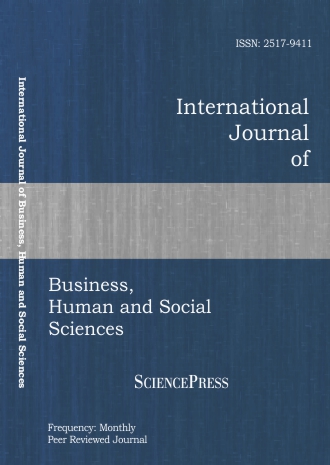
Scholarly
Volume:3, Issue: 10, 2009 Page No: 1838 - 1842
International Journal of Business, Human and Social Sciences
ISSN: 2517-9411
1999 Downloads
Green Product Design for Mobile Phones
Nowadays, manufacturers are facing great challenges with regard to the production of green products due to the emerging issue of hazardous substance management (HSM). In particular, environmental legislation pressures have yielded to increased risk, manufacturing complexity and green components demands. The green principles were expanded to many departments within organization, including supply chain. Green supply chain management (GSCM) was emerging in the last few years. This idea covers every stage in manufacturing from the first to the last stage of life cycle. From product lifecycle concept, the cycle starts at the design of a product. QFD is a customer-driven product development tool, considered as a structured management approach for efficiently translating customer needs into design requirements and parts deployment, as well as manufacturing plans and controls in order to achieve higher customer satisfaction. This paper develops an Eco- QFD to provide a framework for designing Eco-mobile phone by integrating the life cycle analysis LCA into QFD throughout the entire product development process.
References:
[1] Srivastara, S. K., "Green supply-chain management: a state-of-the-art literature review", International Journal of Management Reviews, Vol.